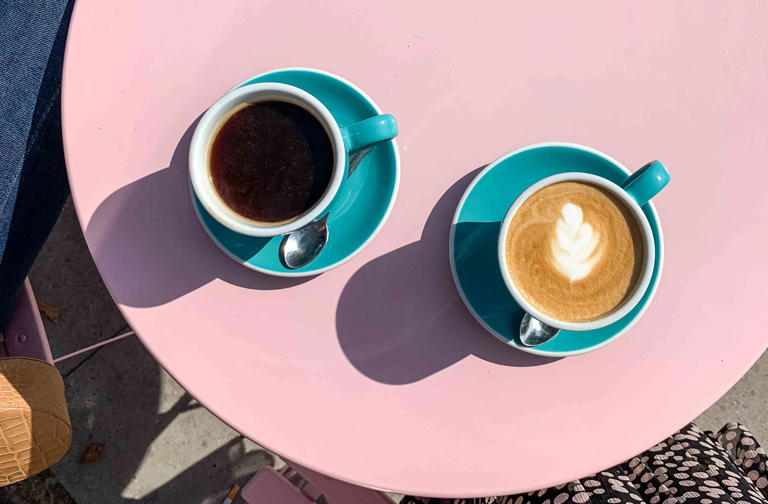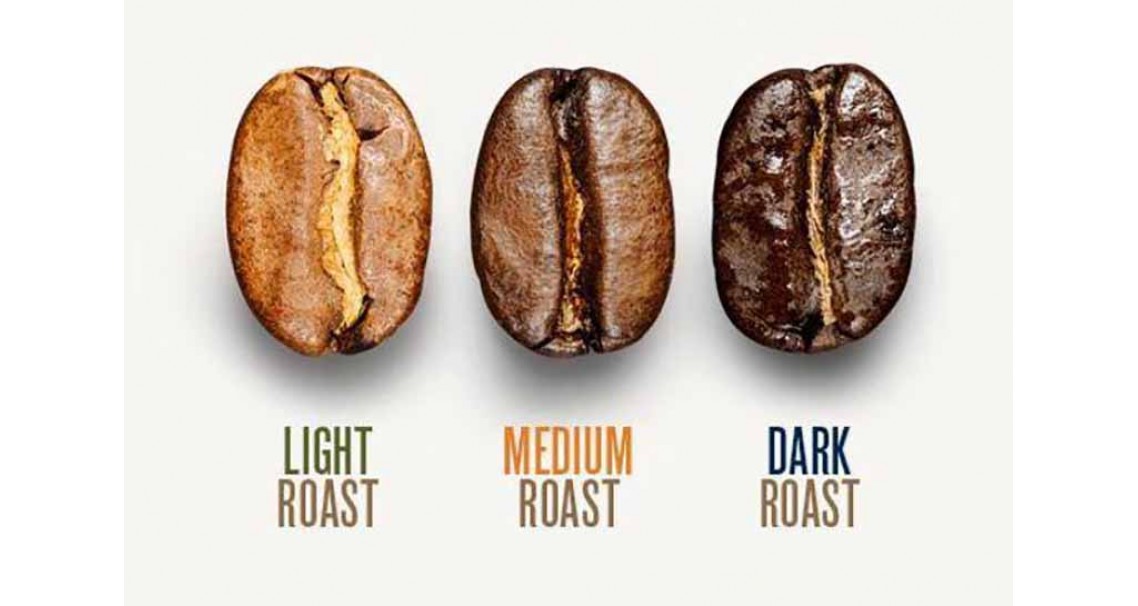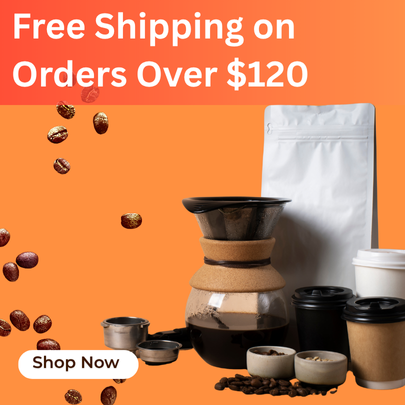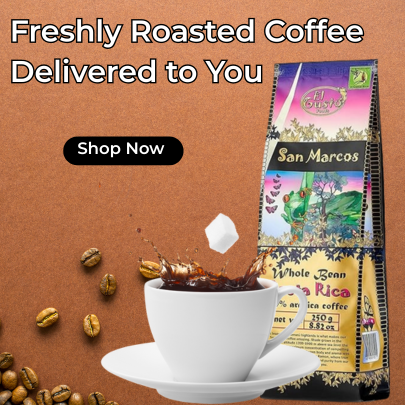
What Is the Difference Between Light Roast and Dark Roast Coffee?
What Is the Difference Between Light Roast and Dark Roast Coffee?
- Adam Smith
- 27-05-2024
- 27-05-2024
- 2176 views
- Coffee Beans

Coffee enthusiasts often debate the merits of light roast versus dark roast coffee. These two types of roasts offer distinct flavors, aromas, and characteristics, catering to different preferences and brewing methods. Understanding the differences between light and dark roast coffee can help you make an informed choice and enhance your coffee-drinking experience. In this blog, we’ll explore the key differences between light and dark roast coffee, from their flavor profiles and caffeine content to their health benefits and brewing tips.
The Roasting Process
Before diving into the specifics of light and dark roast coffee, it’s essential to understand the roasting process. Coffee beans start as green seeds that are soft, spongy, and have a grassy flavor. Roasting transforms these green beans into the aromatic brown beans we recognize as coffee.
The roasting process involves heating the beans to high temperatures, causing chemical changes that develop their flavors and aromas. The duration and temperature of the roasting process determine whether the beans become light, medium, or dark roast.
Light Roast Coffee
Light roast coffee is roasted for a shorter period, typically until the first crack—when the beans make a cracking sound as they expand. The beans are heated to an internal temperature of about 356-401°F (180-205°C). Light roast beans retain much of their original flavor, reflecting the unique characteristics of the region where they were grown.
Flavor Profile
Light roast coffee is known for its bright, tangy, and fruity flavors. It often has higher acidity and a lighter body compared to darker roasts. Because the beans are not roasted for long, they retain more of their original, natural flavors, which can include floral, citrus, berry, and even herbal notes.
Caffeine Content
Contrary to popular belief, light roast coffee contains slightly more caffeine than dark roast coffee. The roasting process reduces the caffeine content, so the shorter the roast, the more caffeine remains in the beans. However, the difference in caffeine content between light and dark roasts is minimal and often imperceptible to most drinkers.
Appearance and Texture
Light roast beans are light brown in color and have a dry surface. They are denser and harder than dark roast beans due to the shorter roasting time, which means they retain more moisture.

Brewing Tips
Light roast coffee is best brewed using methods that highlight its delicate flavors, such as:
- Pour-over: This method allows for precise control over water temperature and extraction time, bringing out the nuanced flavors of light roast coffee.
- Aeropress: This versatile brewing method can emphasize the bright and complex notes of light roast coffee.
- Cold brew: Cold brewing light roast coffee can result in a refreshing, less acidic iced coffee with a smooth flavor profile.
Dark Roast Coffee
Dark roast coffee is roasted for a longer period, often beyond the second crack—when the beans make a second cracking sound. The beans are heated to an internal temperature of about 464-482°F (240-250°C). Dark roast beans develop a bold, robust flavor profile that often masks the beans’ original characteristics.
Flavor Profile
Dark roast coffee is characterized by its deep, rich, and sometimes smoky flavors. The extended roasting process brings out caramelized sugars and creates a bittersweet, chocolatey taste. Dark roast coffee typically has lower acidity and a fuller body than light roast coffee.
Caffeine Content
As mentioned earlier, dark roast coffee contains slightly less caffeine than light roast coffee due to the longer roasting time. However, the difference is usually negligible, and other factors such as the type of coffee bean and brewing method play a more significant role in determining the caffeine content.
Appearance and Texture
Dark roast beans are dark brown to almost black in color and have an oily surface. The longer roasting time breaks down the beans’ cell structure, making them less dense and more brittle.
Brewing Tips
Dark roast coffee is best brewed using methods that can balance its bold flavors, such as:
- French press: This method allows for full immersion of the coffee grounds, resulting in a rich, full-bodied cup that highlights the deep flavors of dark roast coffee.
- Espresso: The high pressure and short extraction time of espresso brewing bring out the intense, concentrated flavors of dark roast coffee.
- Drip coffee maker: A drip coffee maker can produce a smooth, consistent cup of dark roast coffee, emphasizing its robust flavor profile.
Health Benefits
Both light and dark roast coffee offer health benefits, but they differ slightly due to their varying chemical compositions resulting from the roasting process.
Light Roast Coffee
- Higher Antioxidant Content: Light roast coffee retains more of its original antioxidants, such as chlorogenic acids, which can help reduce inflammation and protect against certain diseases.
- More Polyphenols: These naturally occurring compounds have numerous health benefits, including improving digestion and reducing the risk of chronic diseases.
Dark Roast Coffee
- Increased N-Methylpyridinium (NMP): This compound, which is formed during the roasting process, can help reduce stomach acid production, making dark roast coffee easier on the stomach for some people.
- Potential Anti-Cancer Properties: Some studies suggest that compounds formed during the dark roasting process may have anti-cancer properties.
Choosing the Right Roast for You
When choosing between light and dark roast coffee, consider your flavor preferences, brewing method, and desired caffeine content. Here are some tips to help you decide:
- Flavor Preferences: If you enjoy bright, tangy, and fruity flavors with higher acidity, light roast coffee is a great choice. If you prefer deep, rich, and bold flavors with lower acidity, dark roast coffee is likely to be more to your liking.
- Brewing Method: Consider how you typically brew your coffee. Light roast coffee is well-suited to pour-over, Aeropress, and cold brew methods, while dark roast coffee works well with French press, espresso, and drip coffee makers.
- Caffeine Content: While the difference in caffeine content between light and dark roast coffee is minimal, if you’re sensitive to caffeine or looking for a slightly stronger kick, light roast coffee might be the better option.
Conclusion
Understanding the differences between light and dark roast coffee can enhance your coffee-drinking experience and help you make more informed choices. Light roast coffee offers bright, complex flavors and slightly higher caffeine content, making it ideal for those who enjoy a more delicate and nuanced cup. Dark roast coffee provides bold, robust flavors with lower acidity, perfect for those who prefer a fuller-bodied and intense coffee experience.
Ultimately, the best roast for you depends on your personal preferences and how you like to brew your coffee. Don’t be afraid to experiment with different roasts and brewing methods to discover your perfect cup of coffee. Whether you’re a fan of the bright and tangy notes of a light roast or the rich and smoky flavors of a dark roast, there’s a world of coffee to explore and enjoy.






















